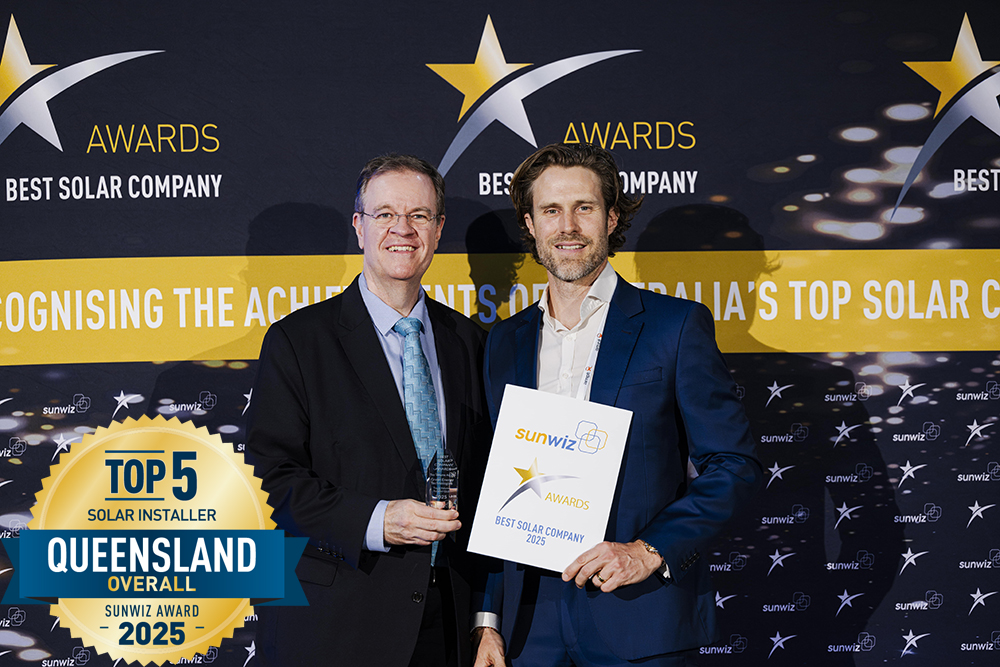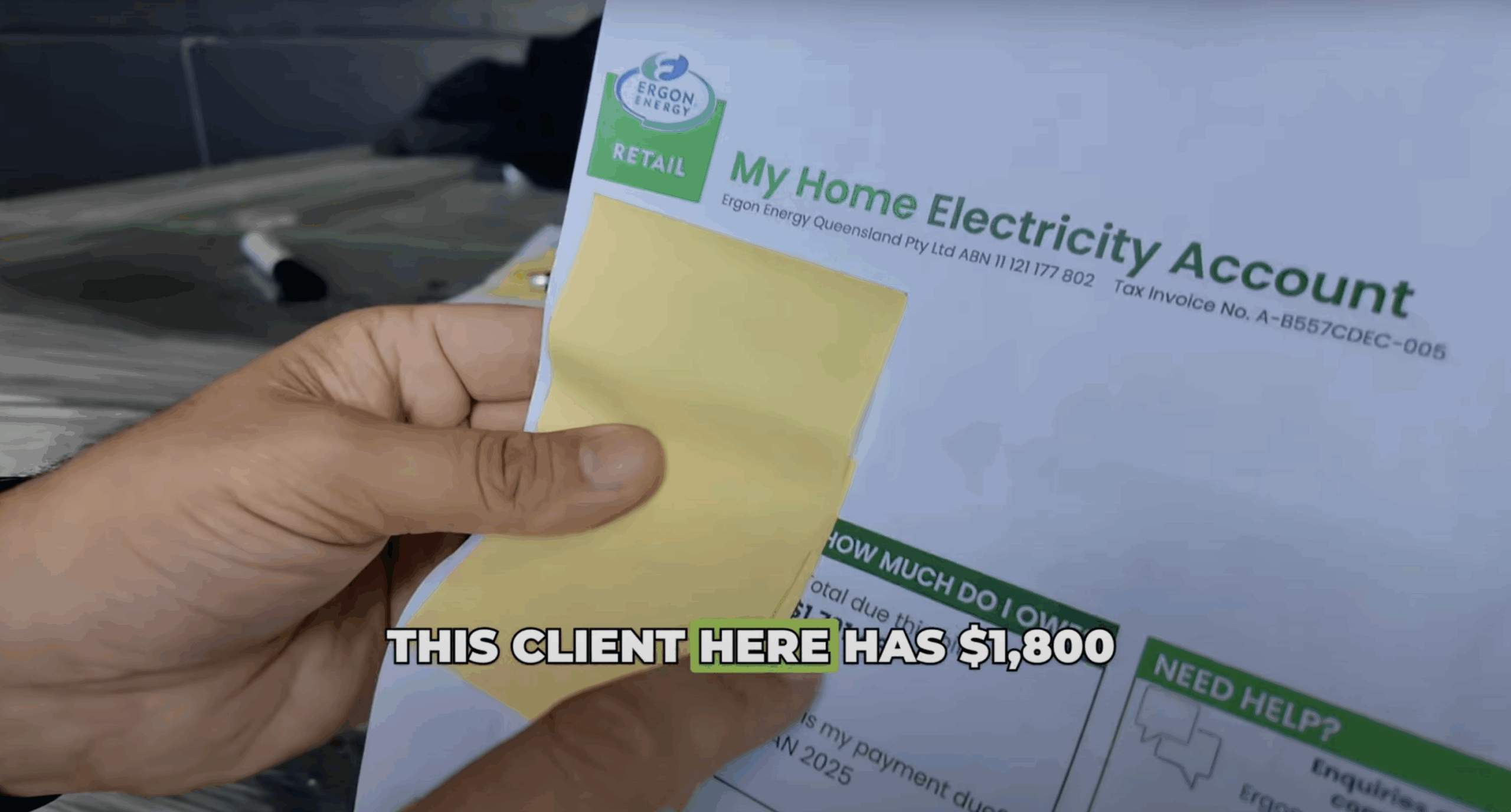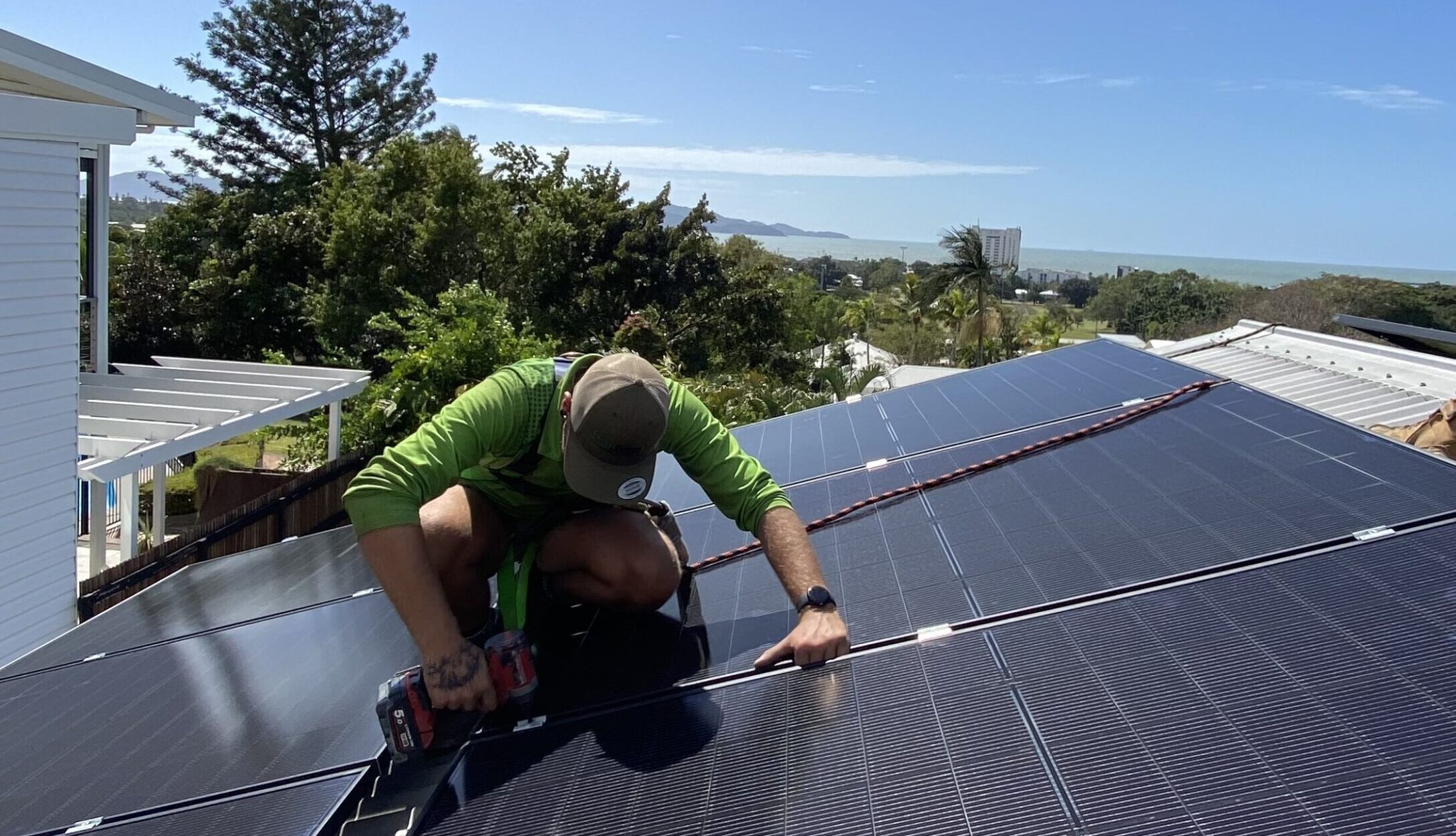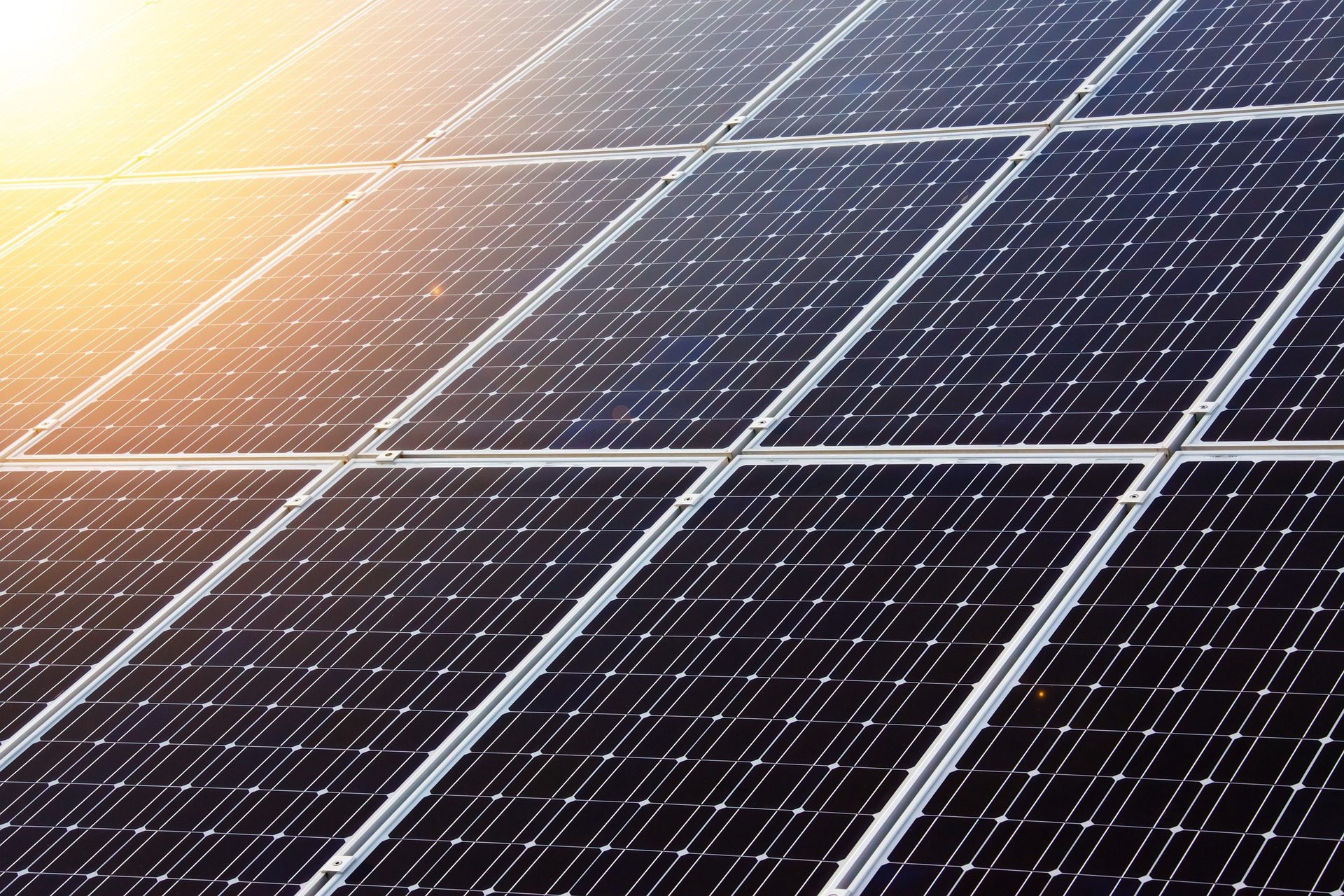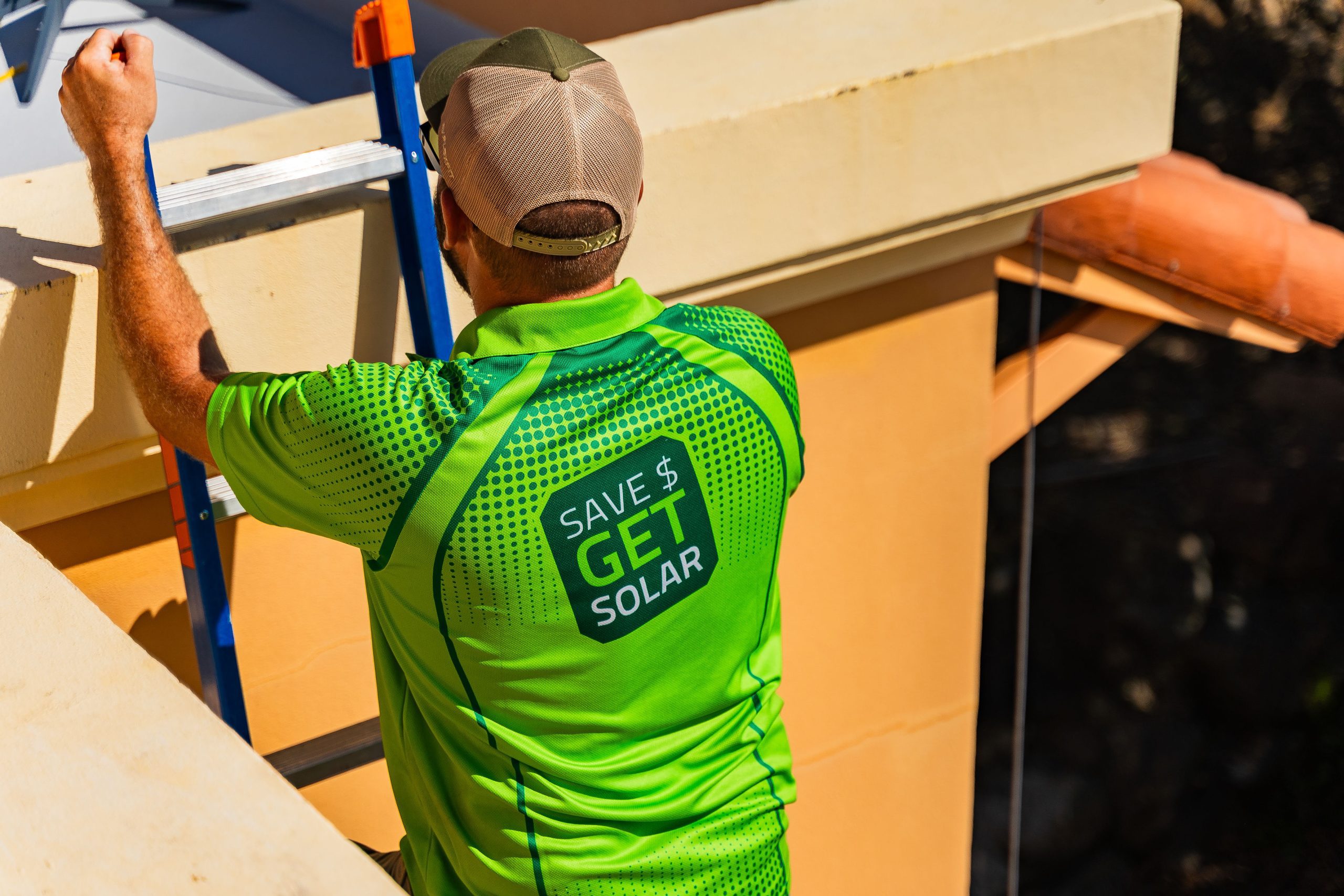Key Findings from the 2025 North Queensland Energy Survey- Solar Energy Statistics
- 72% of participants identified a $0 power bill—achieved through solar and battery solutions—as their primary energy goal.
- 61% said blackout protection was a top priority, driven by the region’s extreme weather events.
- 46% wanted to achieve energy independence and reduce reliance on the grid and power retailers.
- 47% reported monthly power bills exceeding $200, highlighting the financial pressure on households.
- 17% had bills over $400 per month, even before the July 2025 electricity price increase.
Green Energy Technologies recently surveyed over 120 residents across North Queensland to gain insights into their current energy usage, bill levels, and long-term energy goals. The responses highlighted several recurring concerns and priorities among homeowners in the region—particularly around energy affordability, reliability, and independence.
Key Energy Priorities Among North Queensland Residents
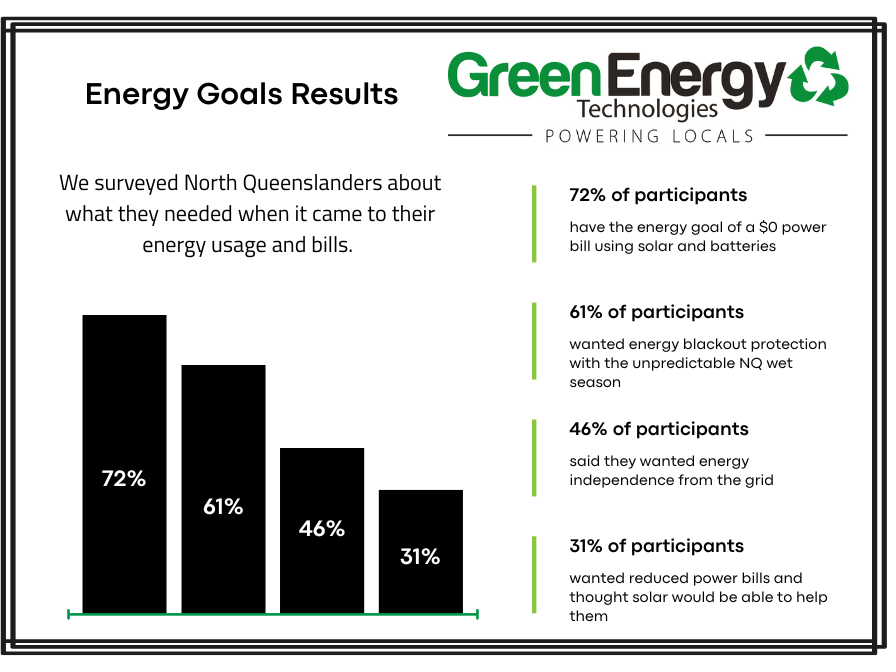
Solar Energy Statistics –Survey Results
When given multiple choices, respondents selected answers that closely aligned with their energy goals.
Achieving a $0 Power Bill Selected by 72% of respondents
The most common goal identified in the survey was the desire to achieve a $0 power bill through the use of solar and battery storage systems. This reflects growing concern about the rising cost of living, with energy costs being one of the most significant and consistent household expenses. For many North Queenslanders, eliminating this recurring bill represents a crucial step toward greater financial stability.
Blackout Protection Selected by 61% of respondents
Energy reliability was also a major priority for North Queensland homeowners. Due to North Queensland’s exposure to seasonal weather events—particularly during the wet season (November to April)—residents experience a higher risk of power outages caused by cyclones, floods, and prolonged rainfall than anywhere else in the country. As such, many homeowners are seeking solutions that provide backup power and resilience during grid disruptions.
Energy Independence Selected by 46% of respondents
Nearly half of all respondents expressed a strong interest in becoming less reliant on the power grid. Energy independence—through generating and storing power in solar batteries—is seen as a key way to reduce dependence on large energy retailers and avoid exposure to ongoing price increases. With limited competition in the energy market, this autonomy to generate and store power is becoming increasingly attractive to North Queenslanders.
Reduced Energy Bills Selected by 31% of respondents
Approximately one-third of participants indicated a goal of reducing their energy costs, even if a $0 bill was not immediately achievable. Given the significant increases in electricity prices in recent years, this finding underscores the financial pressure North Queensland households are experiencing.
Average Energy Bill per Month for North Queensland Homeowners
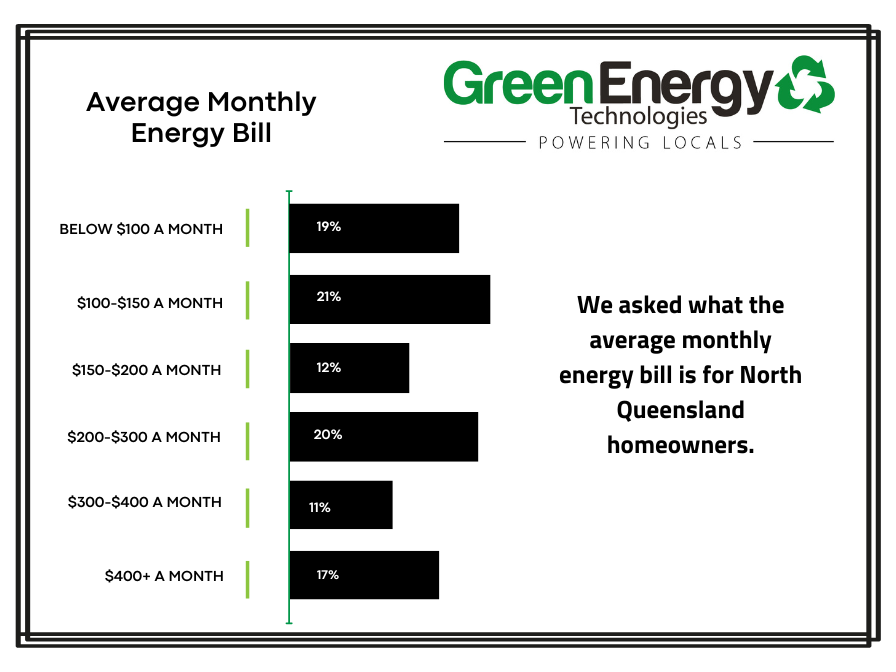
Average Household Energy Bill Trends in North Queensland
Queensland has always been one of the states with the highest energy bills in Australia. With higher temperatures and pools a common feature of many Queensland homes, energy usage runs high in the state. Combined with a lack of energy providers to make rates competitive, North Queenslanders are often left with little option but to pay high tariffs for their energy.
Survey responses revealed a wide range of monthly energy costs—from as low as $10 for households with established solar systems, to over $1,000 for those fully reliant on grid power. This variance reflects differences in system usage, household energy demand, and whether solar infrastructure is already in place. For a gauge on the average family electricity use in Queensland it’s important to distinguish between households with solar and those without.
Increasing Power Costs for North Queenslanders
Over the past three years, North Queensland homeowners have experienced consistent retail electricity price increases for customers who fall under the Tariff 11 bracket for residential homes:
- 2022–2023 financial year: +22.2%
- 2023–2024 financial year: +5.0%
- 2024–2025 financial year: +13.4%
- Effective July 2025: +3.2%
These rising costs continue to place financial pressure on households, further reinforcing the appeal of alternative energy solutions such as solar and battery storage solutions.
Changes to Solar Feed-in Tariffs
In addition to price increases, Ergon will also reduce its solar feed-in tariff as of July 1, 2025. The rate will decrease from $0.12 per kilowatt-hour (kWh) to $0.08 per kWh for electricity exported to the grid.
This reduction affects homeowners who rely on credits from exported solar energy to offset nighttime energy usage—when their systems are not generating power. With lower returns on excess energy, the financial benefits of grid-tied solar systems will diminish unless supplemented by battery storage or self-consumption strategies.
Summary
The survey results clearly indicate that North Queenslanders are prioritising long-term energy solutions that offer bill reduction, blackout resilience, and independence from volatile market pricing. With rising costs and shifting incentives, the transition toward integrated solar and battery systems is no longer just a preference—it’s increasingly becoming a necessity.
If you’re ready to take control of your energy future, now is the time to explore a tailored solar and battery solution.
Get in touch with Green Energy Technologies today for a free, no-obligation quote—and find out how much you could save with a system designed specifically for your home and energy goals.
